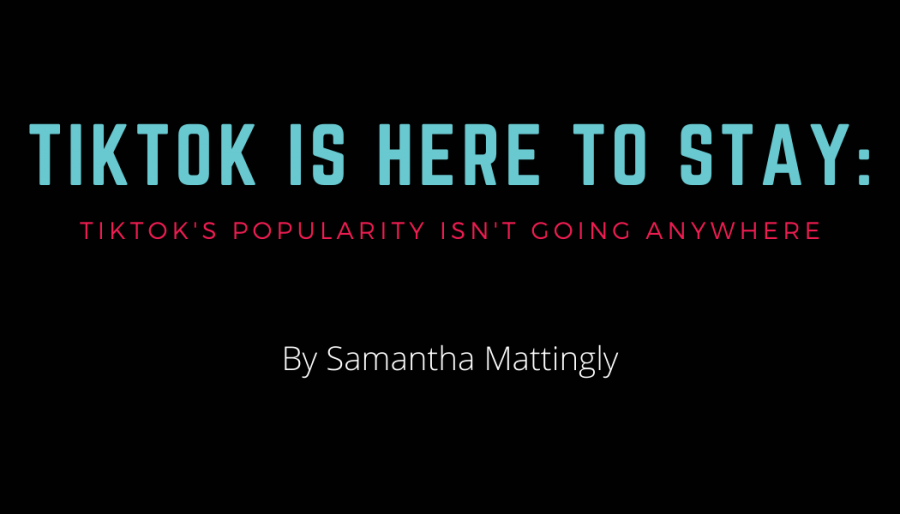Words can be some of the most powerful tools, especially when those words are written in an abstract or emotional form. Many people find solace in words; written, spoken, or even sung. These people indulge with words either as an author or reader, and both are significantly impacted by their own or others works.
“Most of the poetry I’ve written is when I’m in a bad mood or a really, really good mood,” junior Emily Ray said. “When I’m feeling a lot of inner turmoil, it’s usually just stereotypical slam poetry.”
Although, writing is not the only way to express emotion through the art of poetry. Reading poetry can have an equally cathartic effect.
English teacher Jordan Ruppert recommends poetry as an outlet to help with emotions. “Everyone should read poetry every day. But we don’t.”
According to a survey of 100 West Albany students, only 18% of teenagers read poetry for leisure, while 10% write poetry. Of the 10% that write poetry, 90% consider it an emotional outlet.
Not only does poetry serve to express emotion, but it can enhance creativity in the classroom.
Bioscience Volume 68, Issue 11 shows this by expressing an “enhanced engagement and enjoyment when poetry is integrated with their core subject.”
Poetry can also spread awareness, as shown by conservationhaiku.org. This site uses a specific denomination of poetry, haikus, to spread awareness about environmental or conservationist issues.
There are examples of poetry everywhere, but they are often hidden. Music is a huge example; every song with lyrics is essentially a poem. But, as a society, we simply don’t indulge in poetry in it’s true written form often.
“Even just a couple generations ago, there were people who were famous for writing poetry [who] were household names, and that’s just not the case at all anymore,” Ruppert said.
Although that’s not to say that poetry is nonexistent in today’s world. There are modern authors, such as Rupi Kaur, author of the poetry book “Milk and Honey” or Amanda Lovelace, author of “The Princess Saves Herself in This One.” Kaur, however, is mostly only well known by young teenage girls specifically. This is likely due to the author her young age as well as her rise through social media. The content of both Kaur and Lovelace’s poems are directed towards young teen girls with themes of young love, heartbreak, and struggles specific to young girls along with how to grow from such struggles.
According to NPR, poetry has been making a comeback in major ways. From 2012 to 2017, the percentage of Americans who read poetry increased by 5%. Those who read poetry are largely women and minorities, and likely Millennial and Gen Z consumers. This can be attributed to the abundance of platforms on which to share and read poetry, such as Pinterest, Instagram, Tumblr, and Wattpad. Due to the easy access and the variety of interpretations poetry has, it’s no surprise it’s gained popularity in recent years.
Poetry is a form of art which serves a great number of purposes, from helping creativity to providing a healthy way to cope with feelings. Although it suffered a lull in the 20th century, poetry has been on the rise with recent generations because of its versatility with interpretations.


